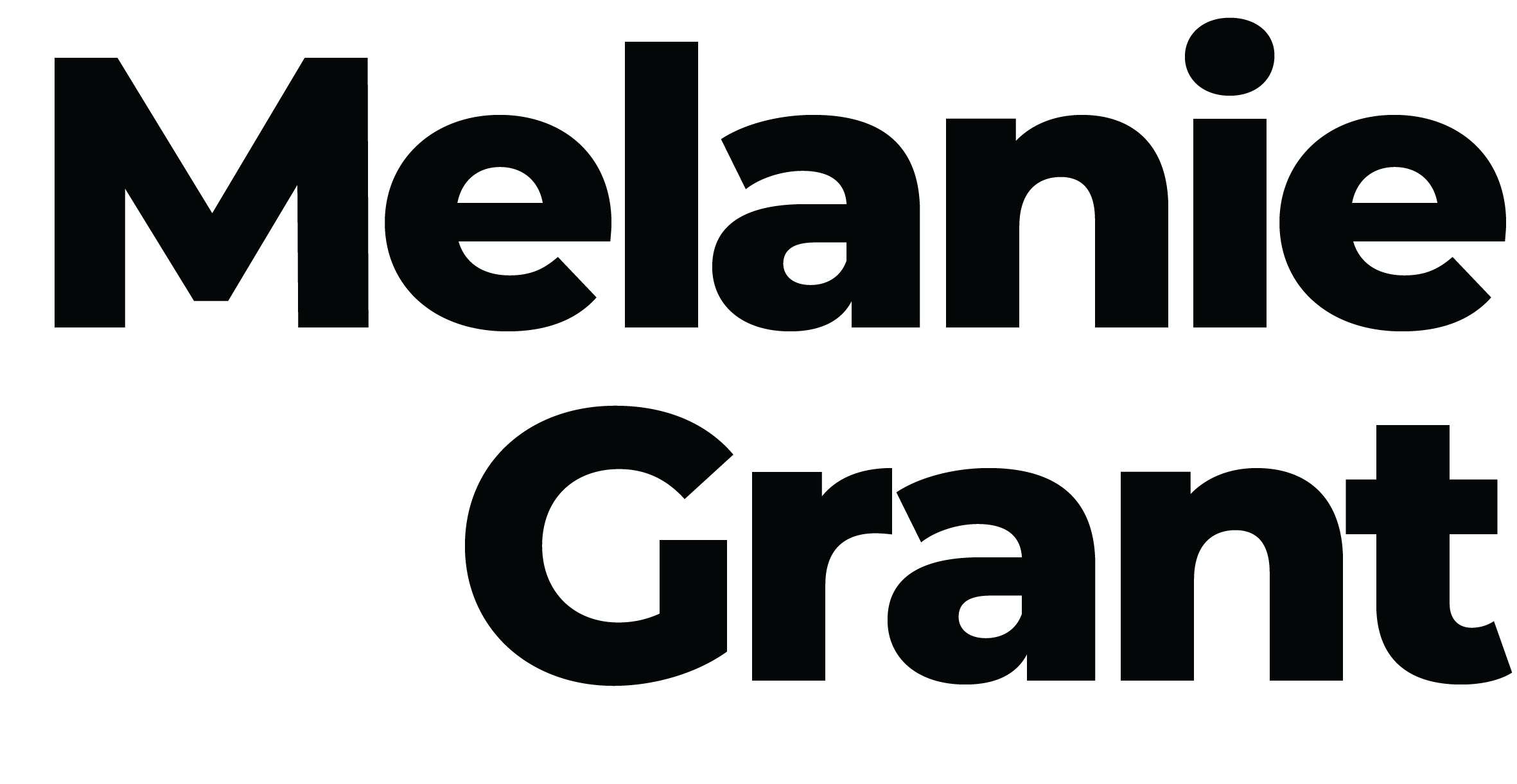Along with Vitamin C, retinol and hyaluronic acid, niacinamide is an active ingredient front and centre in the skincare spotlight. Also known as Vitamin B3, niacinamide is a powerful antioxidant and hard-working ingredient that can brighten, combat congestion, reduce signs of ageing and hydrate the skin. I especially love this gentle and nourishing ingredient due to its ability to heal a damaged barrier, which is particularly useful for anyone who dealing with stressed or reactive skins, or who may have gone a little overboard with the actives.
How does niacinamide work?
As well as helping to repair DNA, niacinamide is so great for the skin’s barrier because it increases the skin’s production of ceramides. Fatty acids that makeup 50% of the skin’s outermost layer, ceramides are essential in maintaining the skin’s barrier function. The increase of ceramides can also smooth fine lines and prevent moisture loss. Because niacinamide boasts potent anti-inflammatory and anti-oxidative properties, it can also be beneficial in the treatment of acne, pigmentation, eczema and rosacea. It regulates oil production and promotes collagen function, so is often celebrated for its ability to refine and reduce pores and textural inconsistencies.
Who can use niacinamide?
Due to its mild and soothing properties, niacinamide is well-tolerated by most skin types including sensitive skin, acne-prone skin and those with rosacea and eczema. Niacinamide works well with other ingredients in your routine and can be used daily.
How to incorporate niacinamide
This formidable ingredient is common in cleansers, moisturisers, serums and treatments, the key is finding the right niacinamide solution for your skin concern. For drier complexions look for formulations that combine niacinamide with Hyaluronic acid. For congestion and uneven skin tones, look for products that contain niacinamide along with other skin brightening antioxidants such as Vitamin C. For ageing, pair niacinamide with Retinol to help minimise signs of early ageing.
